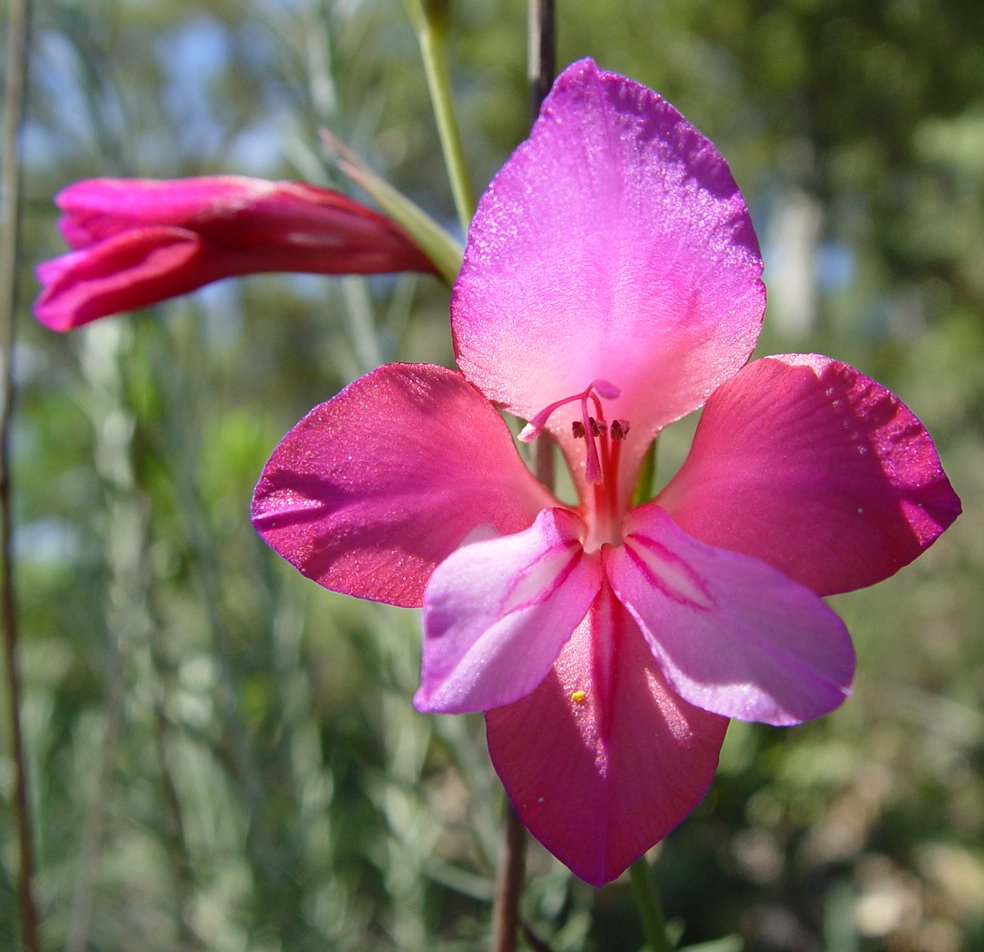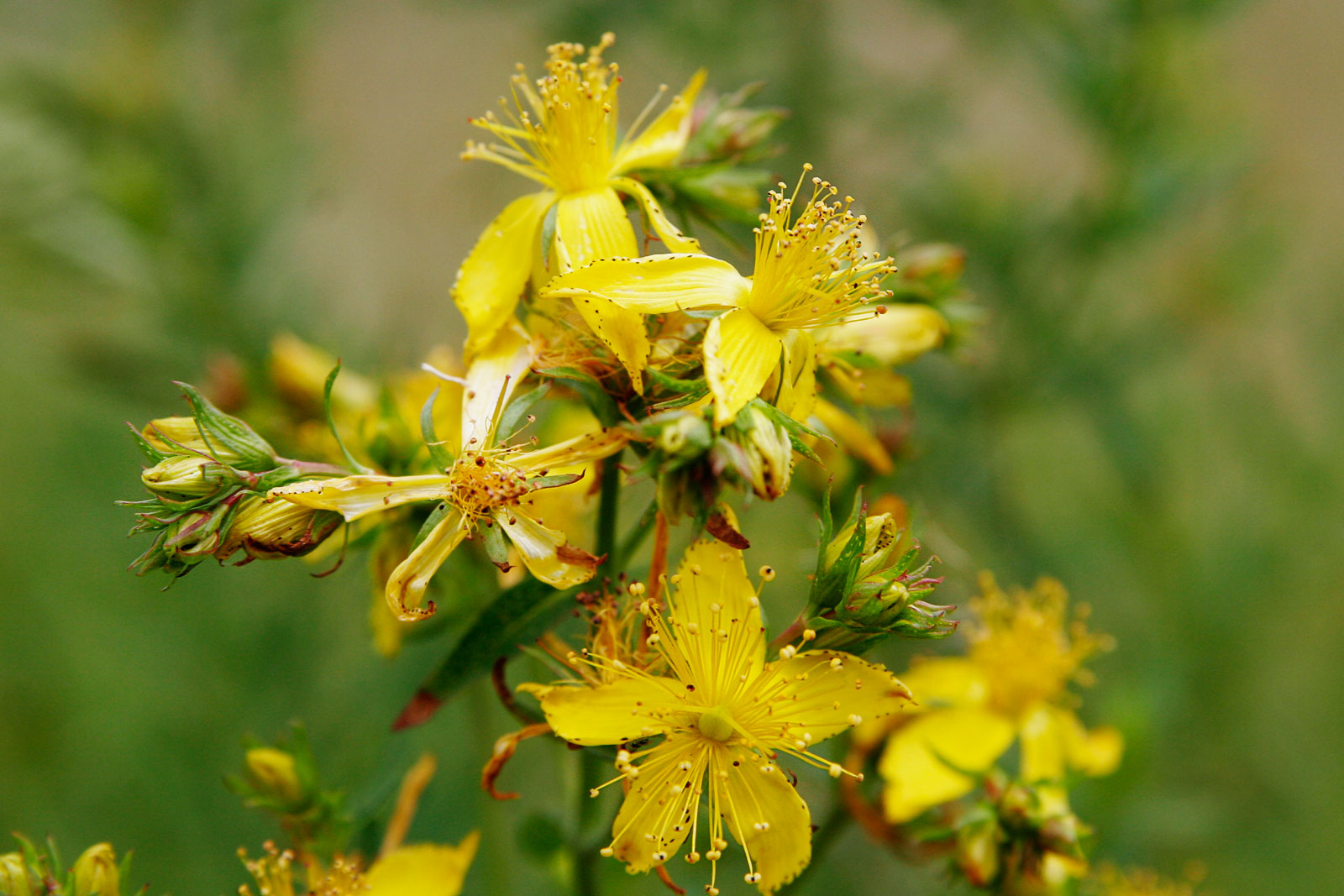The long, lovely gladiolus is the birthday flower for August. A member of the iris family, “glads” are also called sword lilies because of their sharply pointed leaves and tall stalks of flowers with pointed tips. The Latin name for Gladiolus is gladius, a clear reference to the sword-swinging gladiators of ancient Rome.
There are 255 species of gladiolus and the plants range in size from two to five feet tall with elegant trumpet-shaped blossoms that grow in a double row along the stem. You can find hybrid varieties with ruffled, wavy or frilled petals and the flowers can be found in every color.
Gladiolus is native to tropical Africa and areas around the Mediterranean and Middle East. It is believed that gladiolus plants were first brought to Europe in the early 18th century. Around the 1820s, gardeners began to seriously cultivate gladiolus and create hybrid varieties that became very popular in gardens and as cut flowers.
In floral history, gladiolus flowers have several different meanings. Because of their association with gladiators, they traditionally symbolize strength, sincerity and moral integrity. Gladiolus flowers also represent remembrance. And even though their sword-shaped leaves hark back to ancient swords and battles, Victorian romantics determined that gladiolus flowers were capable of piercing someone’s heart with their beauty, adding infatuation to the list of traditional floral meanings.



